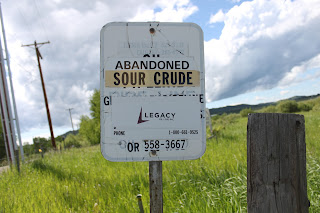Hurricane Patricia a record setter
B. McPherson
Hurricane Patricia heralded in the storm season for the
eastern Pacific by setting new records. Patricia used the very warm waters of
the eastern Pacific to fuel a category 5 monster. It grew rapidly from a
tropical blip on the radar to a full-fledged hurricane in fewer than 36 hours.
Wind gusts of 320 km/ hour(200 m/hr) were recorded.
The west coast of Mexico braced for a slamming. The area is
very popular with N. American tourists. Puerto Vallarta and Manzanillo were in
its predicted path. Flights were cancelled and shelters were made ready. A
state of emergency was declared. Harbours were shut down.
Then Mexico got as lucky as they could in the situation. The
centre of the storm made landfall between the two towns in an area sparsely
settled. The area got torrential rains and landslides but the expected
catastrophe didn’t happen.
The mountains of Mexico disrupted the hurricane and weakened
the winds, leaving heavy rains in its path. By morning Saturday the system was
over eastern Mexico. The system just as quickly lost energy and was downgraded
to a tropical depression.
By late afternoon Saturday Patricia had become a remnant
low. Her life span was less than a day but during that time she set several
records. It was the strongest hurricane on record to make landfall in the
eastern Pacific. The eye of the storm registered the lowest air pressure
recorded. And it was the fastest intensifying hurricane in the western
hemisphere.
No deaths have been reported due to the storm. Two people
died during the storm, but one was a confirmed heart attack. This is in sharp
contrast to a hurricane that came ashore in the same area in 1959 that claimed
1800 lives. Luck and good emergency preparations are credited with the
difference.
The system is moving north west, hitting Texas with heavy
rains and flooding. Eventually the weather will lessen as it cools, finishing
in the vicinity of the Great Lakes.
Weather systems are predicted to increase in intensity as
the Earth warms. With more energy in the system, there is increased potential
for superstorms.
Sources:


Comments
Post a Comment